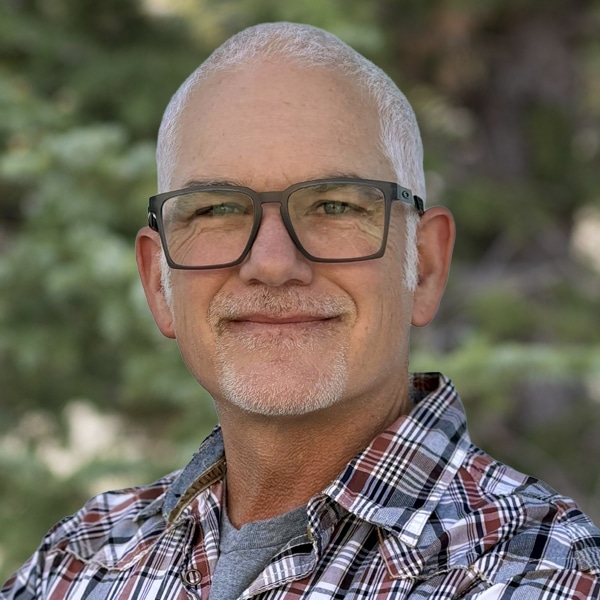
B.S., Natural Resource Planning, Humboldt State University, Humboldt California, 1999
OSHA 40-Hour HAZWOPER
8-Hour Confined Space Entry Training in accordance with OSHA 29 CFR 1910.146
Brad Haeger Senior Scientist (831) 594-7788 Santa Cruz, CA bhaeger@integral-corp.com
Mr. Brad Haeger is a senior scientist with 23 years of experience specializing in project management, stormwater monitoring, sediment investigations, analytical data management, quality assurance, and reporting. As project manager for several California municipal projects, he plays a key role in program coordination, data collection, data analysis, and reporting. His ability to manage complex field logistics, coordinate among stakeholders, and translate field data into actionable reporting helps agencies meet both short-term regulatory needs and long-term water and sediment quality goals. His familiarity with storm-triggered sampling protocols, telemetry systems, and best management practice (BMP) performance evaluation strengthens his ability to deliver reliable, timely data to clients and regulators.
He configures custom instrumentation for sophisticated remote monitoring and sampling stations, trains field crews in all aspects of water quality monitoring, and maintains water and sediment quality databases. In the data analyst role, he performs data validation and verification of project chemistry, toxicity, and field data according to various quality assurance protocols, including Surface Water Ambient Monitoring Program (SWAMP). He routinely submits and maintains data for several environmental data repositories, including California Environmental Data Exchange Network (CEDEN), SWAMP, and Dredged Material Management Office (DMMO).

